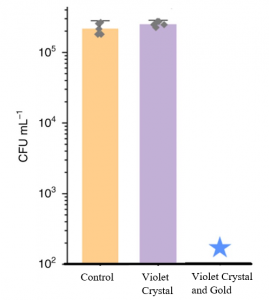Planning to go into Biotechnology or Bioinformatics research? Take this course if you are looking for a lab selection.
This course teaches you the basics of cloning (molecular biology) that are applicable to working in any molecular biology lab. Some of the techniques taught are restriction endonuclease analysis, primer design and PCR, gel electrophoresis, and DNA sequencing basics. As well, you explore introductory bioinformatics.
format of the course
I took this course in 2018W1, and we worked on two major projects: cloning of a GFP containing plasmid, and a bioinformatics research project on a gene with an unknown function. Both are done in groups. This course had many pre-lab activities to help students understand the concepts behind each lab procedure. With careful planning, you can finish all the lab activities in time and plan your bioinformatics project with your team. This course has a heavy course load, so time management and organization is key!
gpa 🙂 or 🙁
This course was marked fairly but it’s good to finish assignments early and ask for guidance from the TA’s and instructors who are marking. This course is definitely NOT a GPA booster and you should be prepared to work hard to get an A. Grade distribution from recent years:

BIOL 341 Grade Distribution (Credits: ubcgrades.com)
verdict? To take or not to take
Whether you are looking to go into industry or research, the fundamental skills taught in this class are important for many fields of Biology. If you take this class, be prepared to work hard .







